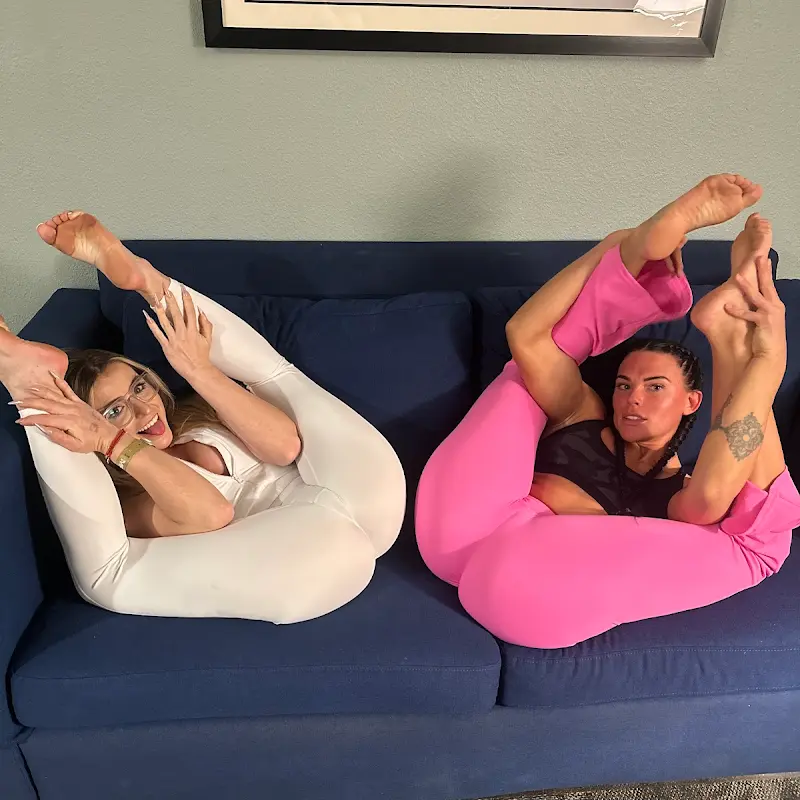
The question, “How’s my form?”, is one almost every person who steps into a gym, yoga studio, or sports field has asked at least once. It might sound simple, but behind it lies a world of curiosity, effort, self-awareness, and the pursuit of progress. Whether you’re lifting a barbell, holding a yoga pose, swinging a tennis racket, or even practicing your handwriting, form matters. It is the foundation of skill, safety, and growth.
The Beginning: Awareness of the Body
When someone first starts training or learning a skill, their attention is scattered. Muscles may feel awkward, balance might be shaky, and movement seems unnatural. In those early days, form is rarely perfect. But asking “How’s my form?” is the beginning of awareness. It shows that a person wants to learn, wants to avoid mistakes, and cares about doing things correctly rather than just “going through the motions.”
Think of the first time a beginner tries to do a squat. Their knees may wobble, their heels may lift, or their back may round. Without feedback, they might keep repeating poor movement patterns that could cause injury. But the simple act of pausing, turning to a trainer or a friend, and asking, “How’s my form?” opens the door to learning. It allows correction before bad habits set in.
Form as the Key to Safety
One of the main reasons form is so important is injury prevention. Poor technique places stress on joints, ligaments, and muscles in ways the body wasn’t built to handle. Rounding the back during a deadlift, for example, can cause serious lower back injury. Landing incorrectly after a jump in basketball can strain the knees or ankles. Even in yoga, pushing into a pose without proper alignment may overstretch or strain soft tissue.
When someone asks about their form, they’re not just asking about looking good—they’re asking about safety. The body can handle stress if it’s distributed properly, but poor mechanics concentrate that stress in the wrong places. Over time, the results can range from nagging aches to injuries that take months to recover from.

Form as the Path to Performance
Good form is also the key to getting better results. For athletes, form ensures maximum efficiency. A runner with good posture conserves energy, maintains rhythm, and avoids wasted motion. A swimmer with proper stroke form glides smoothly through the water instead of fighting against it.
In strength training, form is even more crucial. A lifter who uses perfect technique can move heavier weights safely and activate the intended muscle groups. Someone who swings their arms wildly during bicep curls, for example, is using momentum instead of muscle. They may look like they’re lifting more, but the gains won’t come. Precision builds progress.
That’s why coaches constantly emphasize fundamentals. Champions are often those who never stop perfecting their basics.
The Mental Side of “How’s My Form?”
There’s another dimension to the question—confidence. Asking for feedback requires humility. It’s admitting that you don’t have all the answers, that you’re open to critique, and that you’re willing to improve. In many ways, this mindset is what separates those who plateau from those who keep progressing.
Form is not only physical—it’s mental discipline. To check form means to slow down, focus, and engage with the task fully. It transforms an exercise from a mindless repetition into an intentional act. That mindfulness is often what leads to breakthroughs, both in fitness and in life.
Everyday Forms
Interestingly, the idea of “form” isn’t limited to the gym. We all display form in everyday life. A student practicing cursive handwriting might ask, “How’s my form?” to see if the letters flow smoothly. A public speaker could wonder if their body language, gestures, and posture show confidence. A dancer, an actor, even a chef chopping vegetables—all rely on form.
Form is the difference between clumsy and graceful, careless and precise. In every field, those who master form appear effortless. But behind that ease is usually countless hours of practice, correction, and refinement.

The Role of Feedback
Of course, no one can always judge their own form perfectly. Mirrors help, but even mirrors can be deceiving. That’s why external feedback is so valuable. Coaches, teachers, workout partners, and even video recordings provide an outside perspective.
Sometimes feedback can be hard to hear—especially if it feels like criticism. But those who ask for feedback understand that improvement requires honesty. The greatest athletes in the world still have coaches who correct them daily. The most skilled performers rehearse under watchful eyes. Why? Because form isn’t something you master once—it’s something you maintain.
Progress Over Perfection
Another truth is that form evolves. What looks “good” at one stage may need adjustments as you grow stronger, more flexible, or more skilled. A beginner’s squat form might simply be learning to keep their heels down. Later, it might be about perfecting depth, breathing, and bar placement. In yoga, a pose that once required blocks for support might later be held with ease and stability.
That’s why the question “How’s my form?” isn’t asked once and answered forever. It’s a lifelong inquiry. Every new challenge demands a fresh awareness of alignment, technique, and execution.

The Emotional Connection
There’s also something deeply human about the question. It’s not only about the mechanics of movement—it’s about being seen, acknowledged, and guided. When someone asks, “How’s my form?” they are, in a way, asking, “Am I doing this right? Am I on the right track?”
The reassurance, correction, or encouragement they receive can mean the difference between frustration and motivation. Sometimes a simple “Yes, your form looks great!” can light up a person’s face with pride. Other times, a small correction delivered kindly can unlock the breakthrough they’ve been waiting for.
Building Self-Trust
Over time, with enough feedback and practice, something wonderful happens: you begin to trust your own sense of form. You feel when your spine is aligned, when your breath matches your movement, when your stride is efficient. That inner awareness is priceless.
At that point, the question changes. Instead of always asking others, you begin asking yourself: “How’s my form?” And often, you’ll know the answer before anyone else says a word. That’s self-mastery.
Beyond the Gym: Form in Life
Zooming out, the metaphor of form stretches into everyday living. How’s my form when I speak to others? Do I show respect and empathy? How’s my form when I handle challenges—do I stay composed or crumble under pressure? Even in relationships, we have a kind of form. Good form means honesty, patience, and kindness. Poor form can mean selfishness, neglect, or carelessness.
Just like in fitness, improving our “form” in life requires awareness, humility, and feedback. It means being open to correction, practicing new habits, and striving for better alignment with our values.

Conclusion: A Lifelong Question
So, “How’s my form?” is more than just a fitness question. It is a universal expression of growth. It reflects our desire to do things well, to avoid harm, to improve, and to move through life with intention.
Whether you’re lifting weights, practicing yoga, learning to dance, writing your name, or trying to be a better friend, form matters. And asking the question shows that you care enough to get it right.
Maybe the best answer is this: your form is always a work in progress—but the fact that you’re asking means you’re already on the right path.



